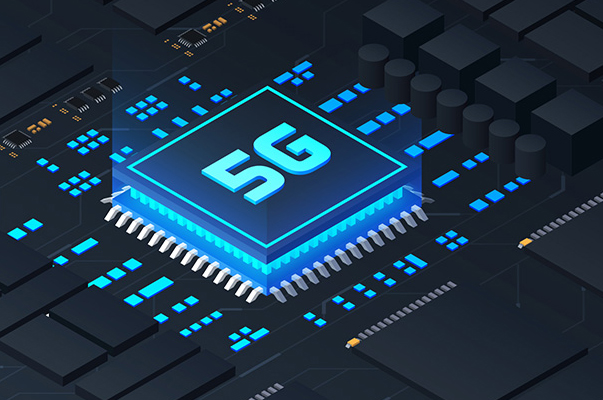DoD Kicks Off 5G Dynamic Spectrum Sharing Experimentation at Hill AFB
December 2, 2021
DoD Kicks Off 5G Dynamic Spectrum Sharing Experimentation at Hill AFB
December 2, 2021
The Department of Defense hosted a ribbon cutting ceremony to commemorate the successful deployment of a private 5G cellular network at Hill Air Force Base, Utah, Dec. 2, 2021. Led by the Office of the Undersecretary of Defense for Research and Engineering (OUSD(R&E)), and managed by the Air Force Research Laboratory (AFRL), the project will evaluate the technical feasibility, methodologies, and utility of spectrum sharing and coexistence with diverse 5G networks in a band of vital importance to commercial industry.
This event demonstrates the Department's commitment to promote U.S. economic competitiveness in a beyond 5G era by offering DoD allocated spectrum for use by non-Federal (commercial) systems.
"Electromagnetic spectrum is a highly scarce resource relative to demand and U.S. commercial operators lag in access to highly desired mid-band, or 3-4 GHz," said Deb Stanislawski, Director of OUSD (R&E) 5G Tranche Prototyping and Experimentation. "We must figure out how to share this band if we are to unleash a new wave of network innovation and break the global dependency on compromised 5G networks sold by state-subsidized, antagonistic peer competitors. These experiments are designed to rally both the Department and our industrial base to win at 5G and beyond."

In total, 12 vendors, working in three lines of effort - 5G Testbed, 5G Applications, and 5G Network Enhancements - will perform for 39-months to develop spectrum co-existence system (SCS) solutions between Hill AFB's private 5G network and airborne radars operating in the band (e.g., airborne warning and control system (AWACS)), as well as other DoD Spectrum Dependent Systems (SDS), including C-130 Station Keeping Equipment (SKE). Awards for this effort totaled $173 million.
"These experiments illuminate the technology front on a very challenging spectrum sharing problem - how to share the limited spectrum between highly sensitive DoD assets and commercial networks," said Dr. Sumit Roy, Director of OUSD (R&E)'s 5G Beyond 5G Thrust. "In particular, airborne system dynamics coupled with potential information asymmetries. Solutions to such DoD inspired scenarios, that lie significantly beyond current 5G commercial network deployments operating on exclusively licensed spectrum, promise to usher in the long-awaited era of automated, dynamic sharing."
The private 5G cellular network at Hill AFB is aimed at experiments demonstrating the potential for dynamic spectrum sharing between airborne radar systems and 5G technologies operating in the 3.3-3.45 GHz band initially, with an upgrade to 3.1-3.45 GHz scheduled for May 2022.
Office of the Under Secretary of Defense,
Research and Engineering (OUSD(R&E))
3030 Defense Pentagon, Washington, DC 20301-3030



